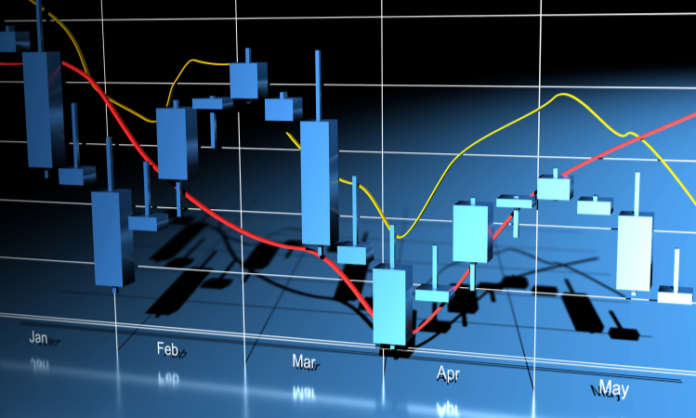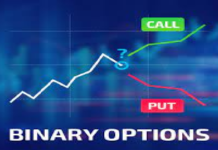
Choosing a Forex broker is a pivotal decision for anyone looking to engage in currency trading. The right broker can significantly impact your trading experience and overall success in the Forex market. When selecting a Forex broker, it’s crucial to consider several key factors.
First and foremost is regulatory compliance. Ensure that the broker is licensed and regulated by a reputable financial authority in your region to protect your investments and ensure fair trading practices. Next, evaluate the broker’s trading platform, as it should be user-friendly, reliable, and offer essential features like real-time data, charting tools, and order execution speed. Assess the range of currency pairs and other financial instruments available for trading to match your specific trading goals.
Additionally, consider fees and spreads, as lower costs can boost your profitability over time. Finally, research the broker’s reputation, customer support, and educational resources to ensure you have access to the necessary support and guidance for your Forex trading journey. Careful consideration of these factors is essential to finding the right Forex broker that aligns with your trading needs and objectives.
Forex trading is a complex and volatile market that requires traders to have a solid understanding of the market and a strategic approach to trading. Having a trading strategy is essential to maximize profits and minimize losses. There are three main types of trading strategies used in forex trading: technical analysis, fundamental analysis, and risk management. In this article, we will explore each of these strategies and how they can be used to achieve success in forex trading.
Technical Analysis Strategy:
Technical analysis is the study of past market data to identify patterns and make trading decisions. Technical traders believe that historical price movements can help predict future market trends. Technical analysis can be used to identify trends, support and resistance levels, and potential entry and exit points. Key tools for technical analysis include chart patterns, trend analysis, indicators, and oscillators.
Chart pattern:
Chart patterns can help traders identify potential buy and sell signals. For example, a bullish chart pattern, such as an ascending triangle or head and shoulders pattern, may indicate an opportunity to buy. A bearish chart pattern, such as a descending triangle or double top pattern, may indicate an opportunity to sell.
Trend analysis:
Trend analysis involves identifying trends in the market, such as uptrends, downtrends, and sideways trends. Trend lines can be used to identify support and resistance levels, which can help traders make trading decisions.
Indicators:
Indicators and oscillators are mathematical calculations that can help traders identify market trends and potential entry and exit points. Popular indicators include moving averages, relative strength index (RSI), and stochastic oscillator.
Advantages:
Advantages of technical analysis include the ability to identify trends and potential entry and exit points quickly. Disadvantages include the risk of making decisions based on incomplete or inaccurate data.
Fundamental Analysis Strategy:
Fundamental analysis is the study of economic, financial, and other qualitative and quantitative factors to identify the underlying value of an asset. Fundamental traders believe that market trends can be predicted by analyzing the underlying economic and financial factors that affect a particular currency.
Key concepts:
Key concepts of fundamental analysis include economic indicators, news releases, and central bank policy. Economic indicators, such as gross domestic product (GDP), inflation, and employment data, can help traders assess the health of an economy and the potential impact on currency values.
News release:
News releases, such as interest rate decisions, can also have a significant impact on currency values. Central bank policy, such as monetary policy and interest rate decisions, can also impact currency values.
Advantages:
Advantages of fundamental analysis include the ability to make informed decisions based on current economic and financial data. Disadvantages include the risk of missing important market trends due to the slow and gradual nature of economic data.
Risk Management Strategy:
Risk management is an essential component of successful forex trading. Risk management strategies can help traders manage their risk exposure and protect their trading capital. Key concepts of risk management include risk-reward ratio, position sizing, and stop-loss orders.
Risk-reward ratio:
The risk-reward ratio is the ratio of the potential reward to the potential risk of a trade. A favorable risk-reward ratio is essential to profitability in forex trading. Position sizing involves determining the appropriate position size for each trade based on the trader’s risk tolerance and trading capital.
Stop Loss:
Stop-loss orders can help traders limit their potential losses by automatically closing a position when the market reaches a specified price level. Traders can also use trailing stop-loss orders to lock in profits as the market moves in their favor.
Advantages:
Advantages of risk management include the ability to protect trading capital and limit potential losses. Disadvantages include the risk of missing out on potential profits due to overly conservative risk management.
Combining Strategies:
Traders can combine technical and fundamental analysis, as well as risk management strategies, to achieve their trading goals. By using multiple strategies, traders can create a more robust trading plan that takes into account both short-term and long-term factors. For example, a trader might use technical analysis to identify short-term trading opportunities and use fundamental analysis to determine long-term trends. Risk management can then be used to manage losses and protect capital.
Conclusion:
Successful Forex trading requires a solid strategy that incorporates technical analysis, fundamental analysis, and risk management. Traders need to use the right tools to analyze the market and make informed trading decisions. By combining these three strategies, traders can achieve their trading goals and succeed in the Forex market.
Related Post:
Top 5 Strategies for Consistently Profitable Forex Trading























